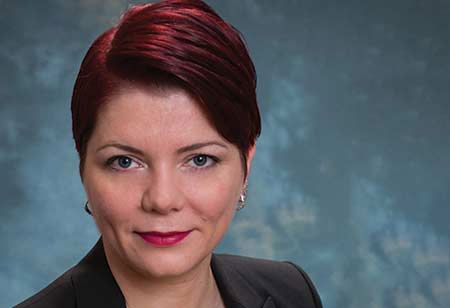Thank you for Subscribing to Healthcare Business Review Weekly Brief

Tips to manage physician practice acquisition IT challenges
Healthcare Business Review
Physician practice acquisitions are one of the major large projects health system IT teams have undertaken in the past decade. Just as we started to think that the market for acquisitions was slowing down, the latest survey from McKinsey & Company shows quite the opposite. The COVID-19 pandemic has significantly impacted physician practice volumes and financials, and as the survey shows, about one third of the participating physicians are worried about their practices closing and are willing to partner with or join a larger health system.
At Stanford Children’s Health, our team has onboarded more than 15 practices in the past five years. Through this process, we learned that onboarding practices to our enterprise systems and network requires a robust, well planned, and multidisciplinary approach which includes strong change management skills.
A solidproject management plan and team is necessary for each acquisition to meet tight deadlines, coordinate the activities of various vendors and external entities, and help with change management. Most acquisitions are very time sensitive and have legal deadlines that IT teams should adhere to, all while meeting set deliverables. For example, you need to ensure the new location – no matter how far from your main hub- should have the proper network installed, correct hardware ordered and imaged on time, and deployments and dress rehearsals are conducted prior to the full integration. These time sensitive activities and interdependencies require coordination across multiple teams, well integrated communication and collaborative decision making.
Change management is another big challenge during acquisitions. The project team should keep in mind that this is a major change for the joining practice. Not only are they going to be part of a large enterprise moving forward, their workflows, EMR system, policies, procedures and even roles and responsibilities of their employees will be different too.
It is crucial for IT teams to be transparent and upfront about the upcoming changes and help with expectation management. We found that having a kick-off meeting with major stakeholders to set the expectations and share major milestones is very helpful. After the kick-off meeting, we send a multidisciplinary team to the practice to complete the project plan details. Our infrastructure teams assess the clinic space and device and network requirements, while our application teams observe existing workflows and assess the legacy EMR and legacy data retention needs. Once the initial assessment is complete, we create a gap analysis and put our teams into action to design, build and fill the gaps.
Data migration is yet another challenge. During an acquisition, project teams should plan how to handle legacy systems going forward. It is inevitable that we will come across a system that our IT team is not familiar with. In these cases, partnering with existing practice super users or with the legacy vendor is helpful to access to the systems and determine which data we will be able to migrate and how. While determining the data management approach for each practice, you need to ask yourself what data is useful to migrate that will help with clinical decision making.
It’s also important to differentiate that some data doesn’t have to be migrated and can be just kept in a read only repository. This distinction is key so organizations can direct their effort and resources to achieve the perfect balance.
What are the valuable lessons learned from our acquisition experiences?
• Collaboration is key: All parties involved in the project, from leadership to project team members and practice staff have a different perspective. Hearing from everyone and involving them in the process brings transparency and helps with change management.
• Identify interdependencies early: A missed interdependency has a domino effect during an onboarding, and will impact major milestones, so it is crucial to identify these in advance. For example, you need to have the network in place and active directory accounts active to conduct dress rehearsals.
• Consider continuity of patient care: The practice will continue to serve its patient population and one of the major goals of a successful onboarding is to make this experience is as seamless as possible for patients. Consider doing a robust gap analysis, solid workflow design and validation, and migrate active patient MPI and key clinical data prior to go-live. It is also important to assess existing interfaces and address any changes on data exchange processes as early as possible.
• Consider your resources and added value during data migration: Discrete data migration between EMRs can be very complicated. When it comes to resource constraints and timelines, you need to make a balanced decision on what to migrate, what to abstract and what to keep. It is crucial to ask: “What is the added value of having this data in a discrete format? Do we have enough time or resources to do it? Is there an alternative way that is more user friendly and effective?”
• Do not miss training/practice opportunities: Using a new EMR on the first go-live day while patients are in the waiting room is stressful. We found that creating opportunities for users to actually use the live system prior to go-live immensely helps with the first day anxiety. For example, we don’t migrate future appointments but instead organize a “schedistration party” with the front desk staff on the weekend prior to go-live. We conduct a working session with our application teams and trainers and have front desk staff from the practice schedule all upcoming appointments in the new EMR system while having a pizza party. This activity allows the end users to get familiar with the system and builds their confidence in using the system prior to the actual go-live day.









